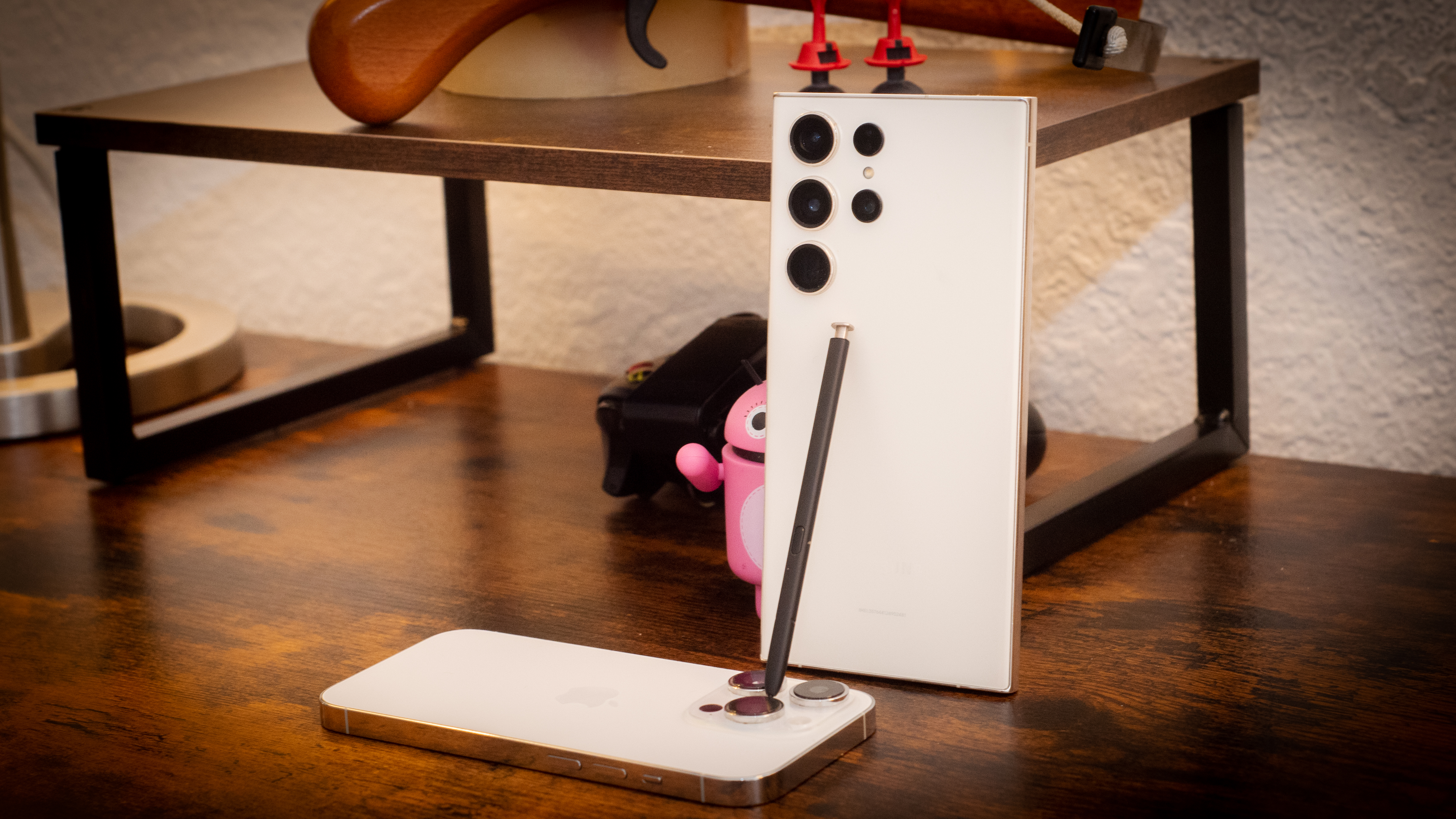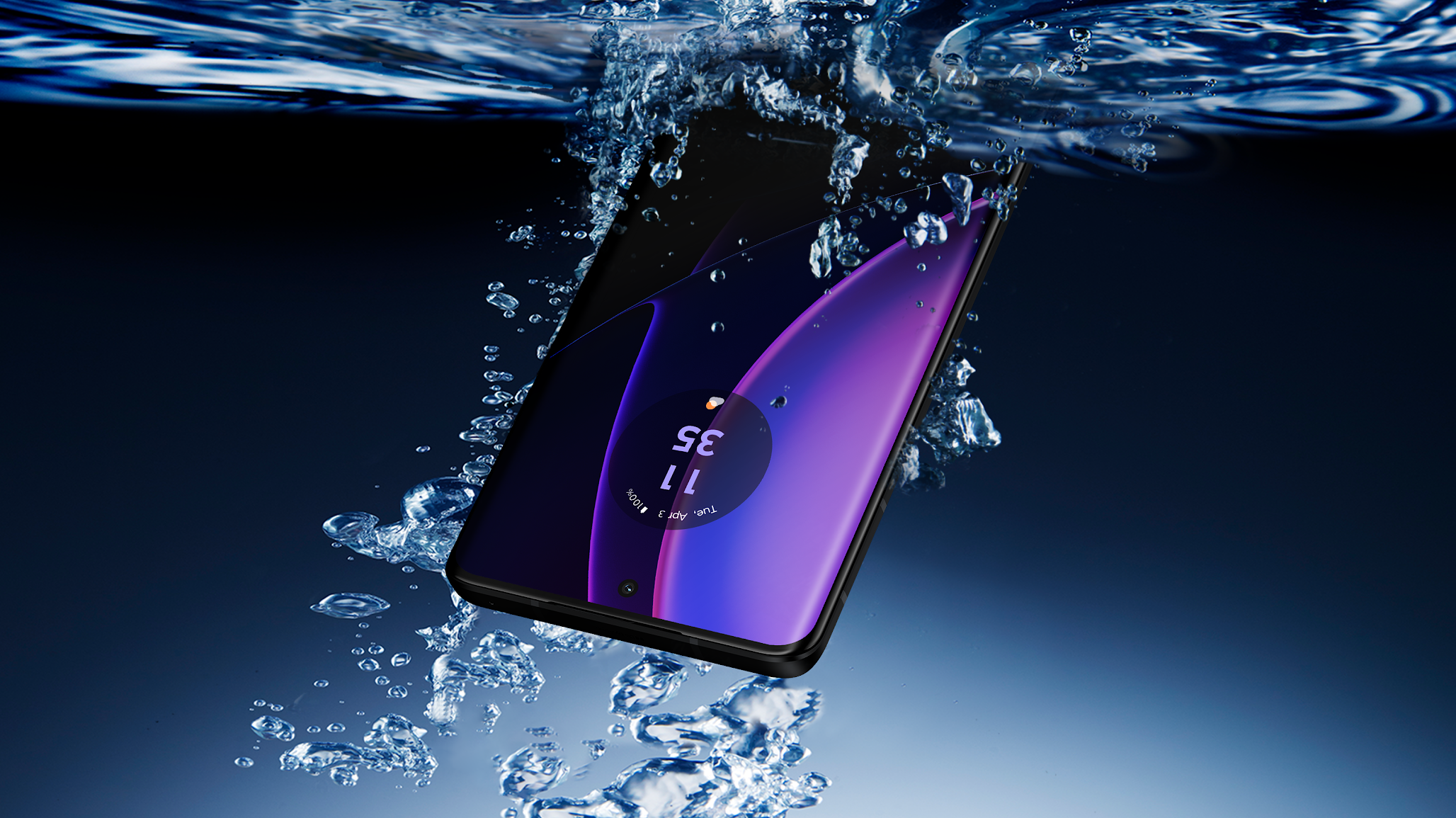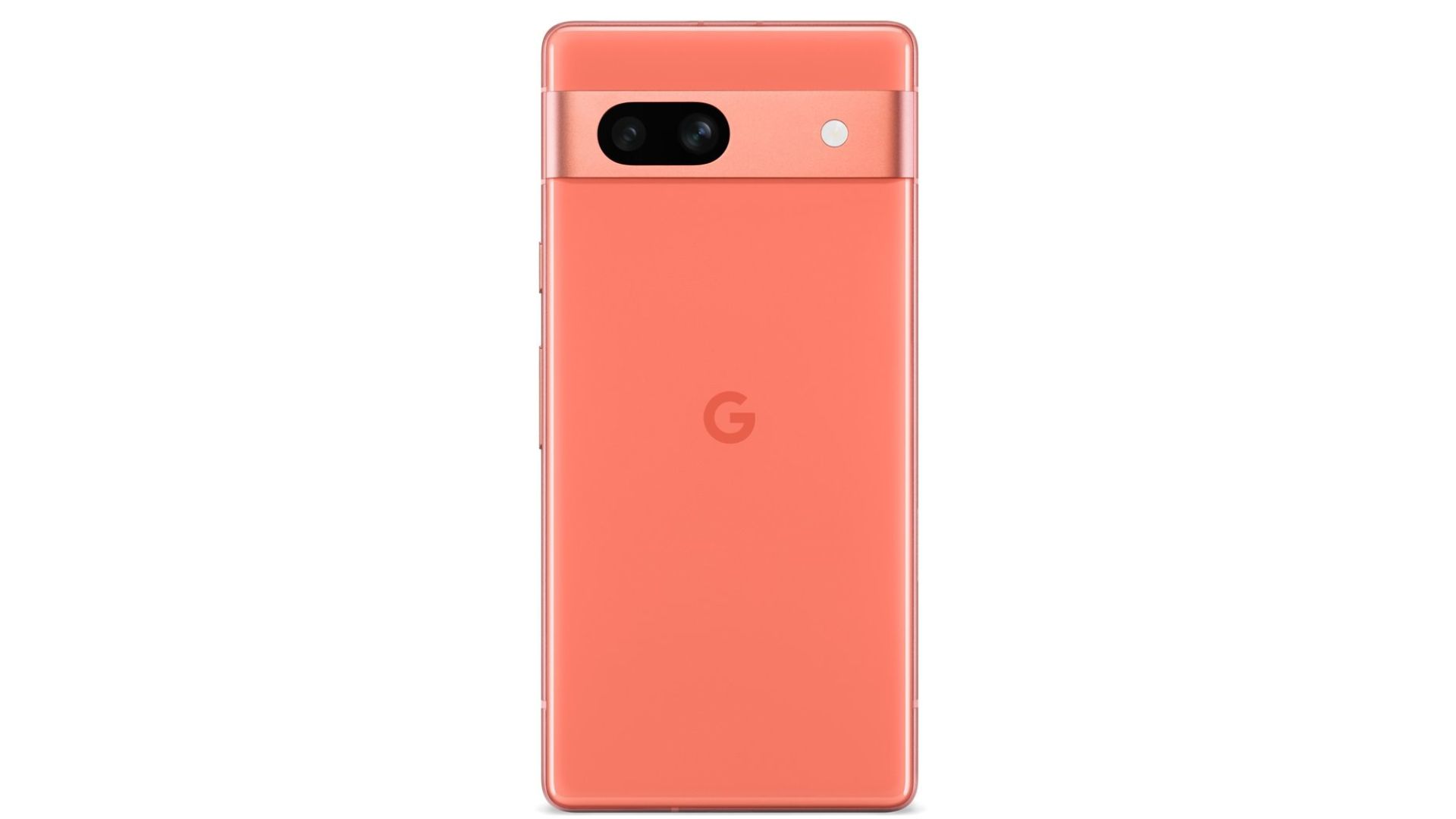Apple is striking another blow in the name of privacy by adding Link Tracking Protection to select iOS 17 apps, which will make it easier for users to keep their data private while browsing the web on their iPhone.
Link tracking identifiers are a collection of numbers and letters typically appended towards the end of a link as a way for websites to keep track of users as they move around the web. It’s most often used for ad tracking, as well as a substitute for third-party cookies. When Apple’s iOS 17 rolls out, Link Tracking Protection will prevent advertisers from bypassing privacy features simply because they are typically targeted toward cookies. It'll be enabled on Mail, Messages, and Safari's Private Browsing mode.
It is worth noting that you can still remove link-tracking identifiers by yourself by selecting and deleting the offending characters. However, with the identifiers often being quite long, many users simply wouldn’t bother, and Apple is just streamlining the otherwise tedious process.
“Privacy is designed into every new Apple product and feature from the beginning,” Craig Federighi, Apple’s senior vice president of Software Engineering, said in a press release announcing the feature. “We are focused on keeping our users in the driver’s seat when it comes to their data by continuing to provide industry-leading privacy features and the best data security in the world.
“This approach is evident in a number of features on our platforms, like the major updates to Safari Private Browsing, as well as the expansion of Lockdown Mode.”
A more private iOS
Compared to rival operating system Android, iOS has always been the more privacy and security-focused option, and iOS 17 furthers that. Apple put a stop to AirDrop flashing with Communication Safety, preemptively halted explicit contact posters, and beefed up Safari’s Private Browsing with an additional level of authentication. These are all subtle yet meaningful improvements – something that could be said for the iOS 17 update as a whole.
Apple is currently testing iOS 17 for developers, with a public preview slated for July. A full release of iOS 17 is expected to start rolling out to the best iPhones around September, to coincide with the launch of the iPhone 15.


